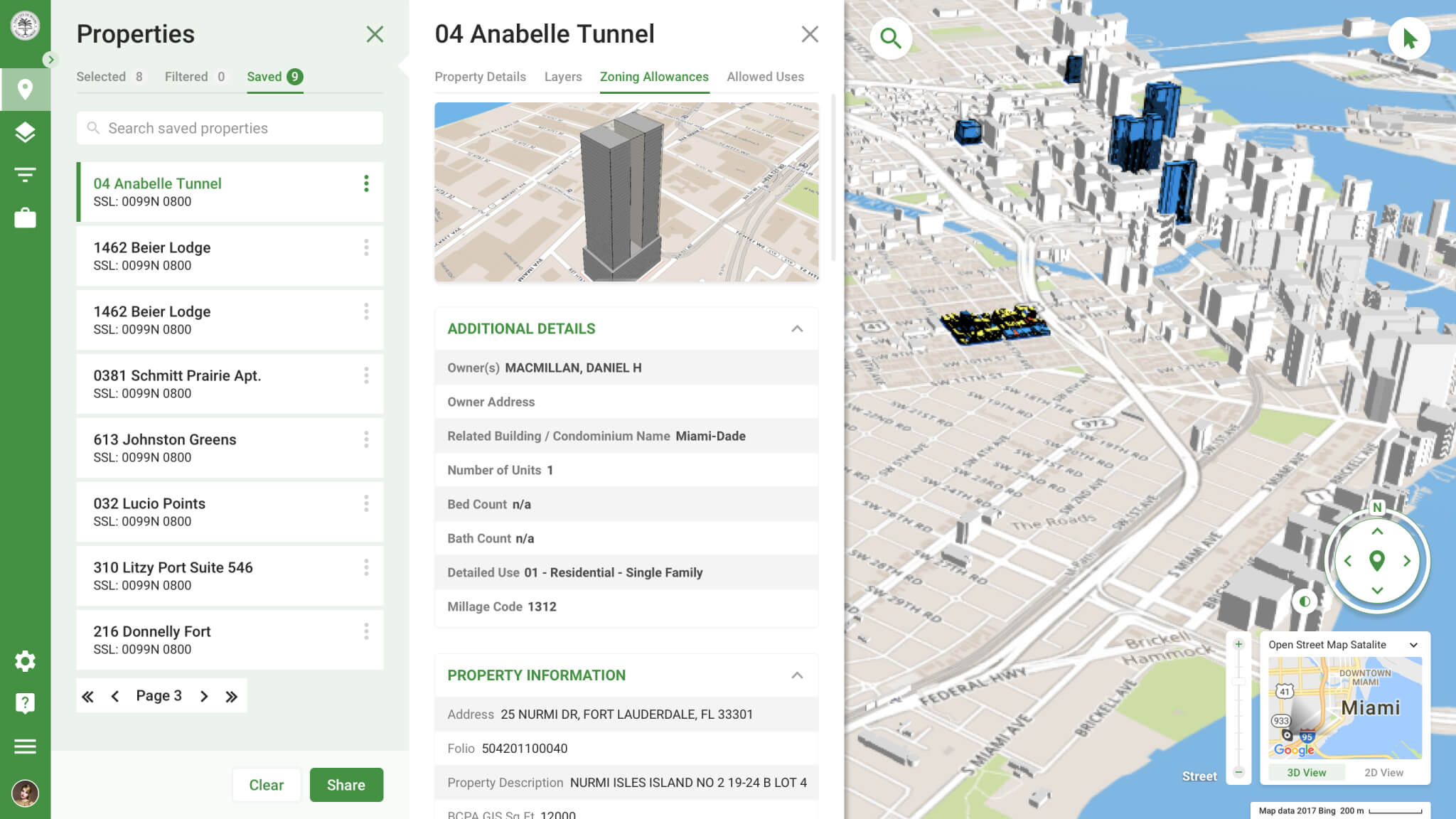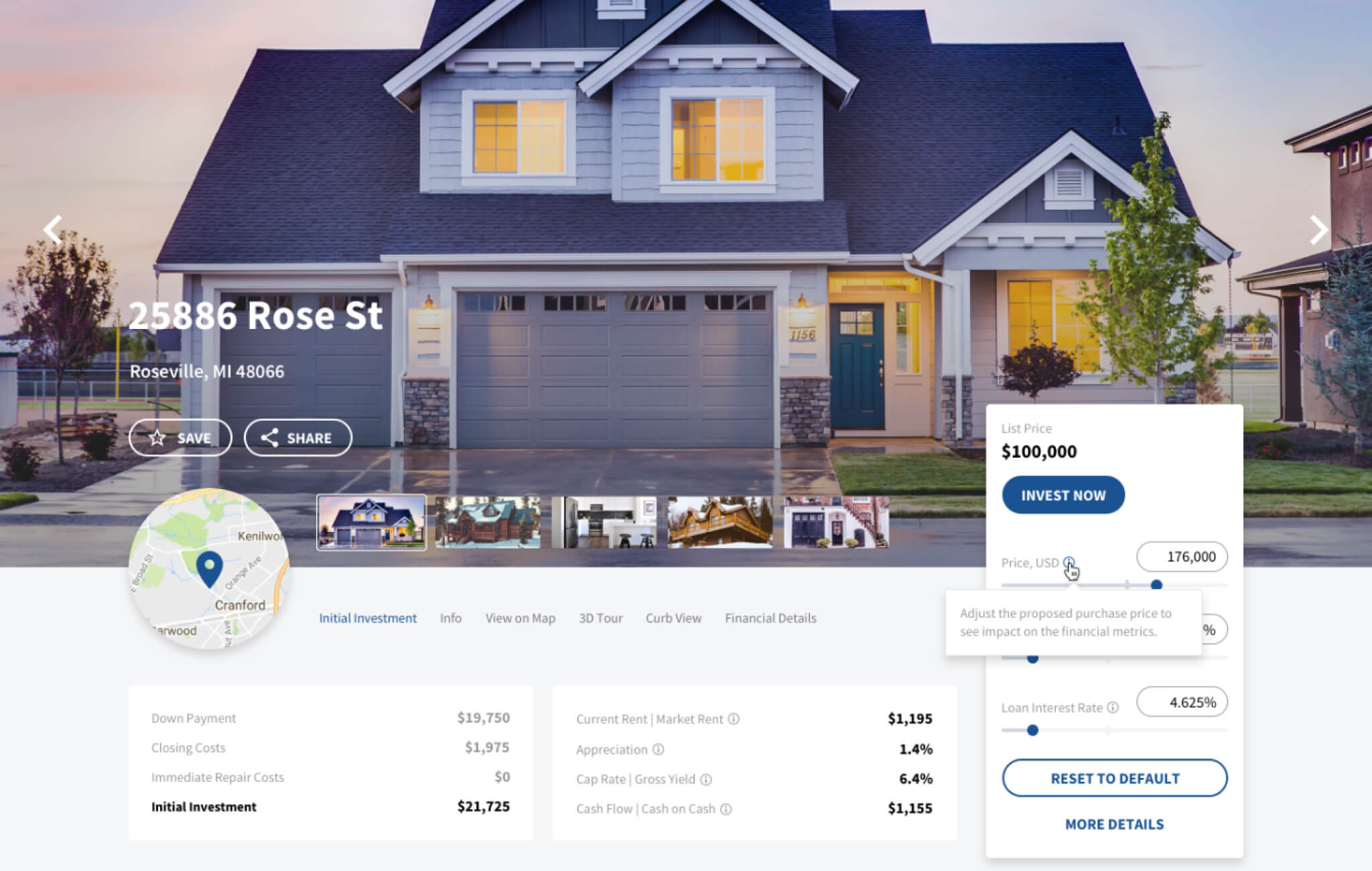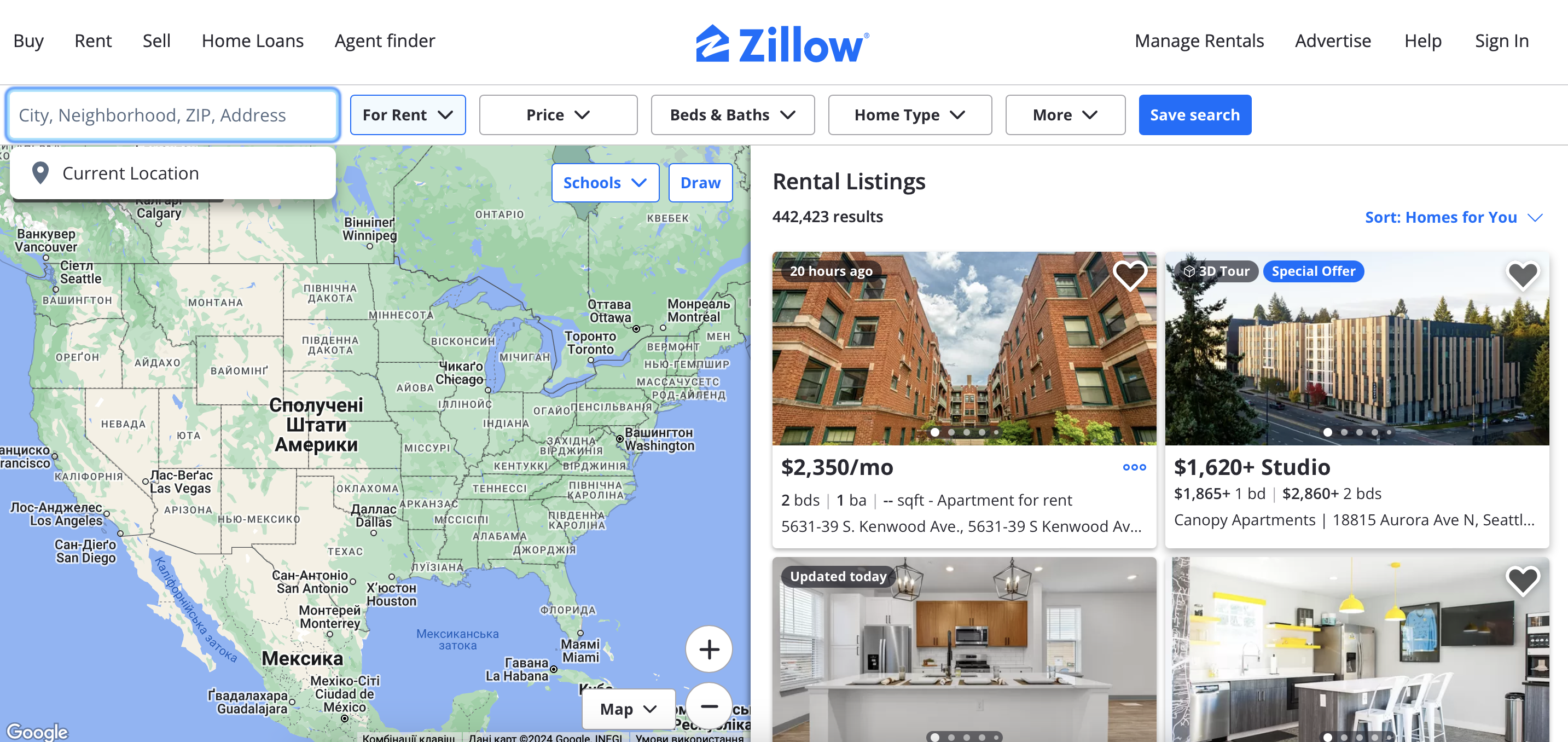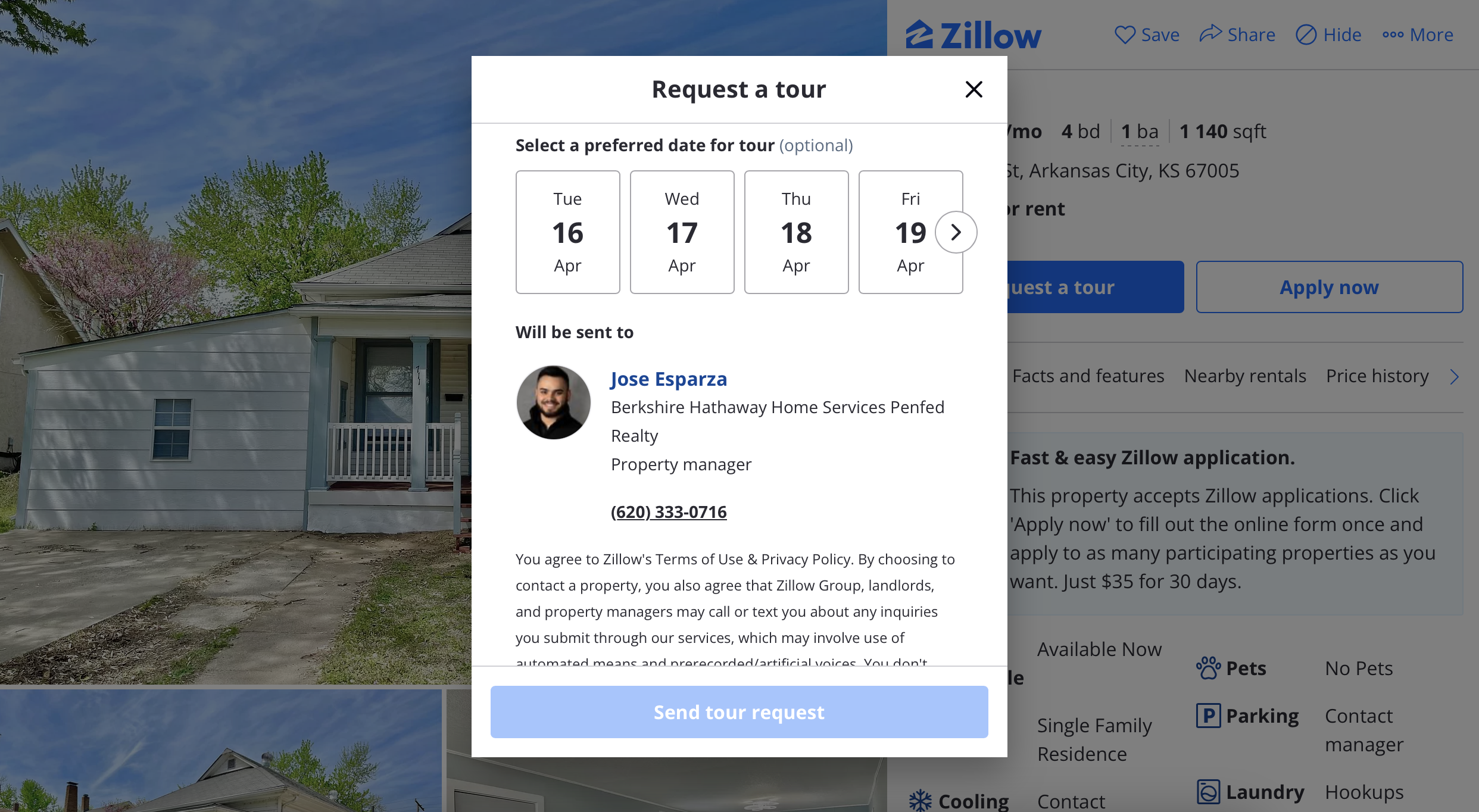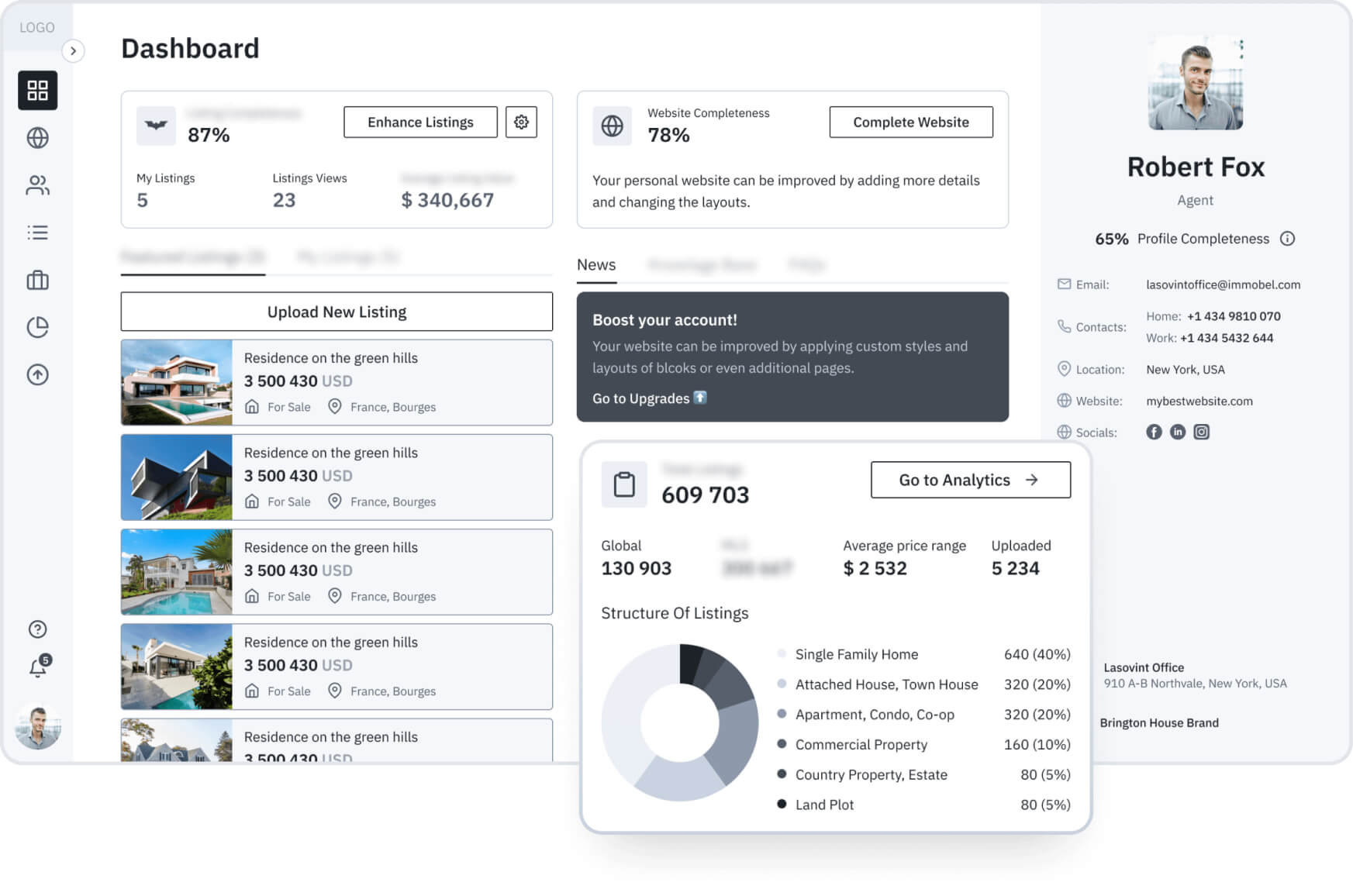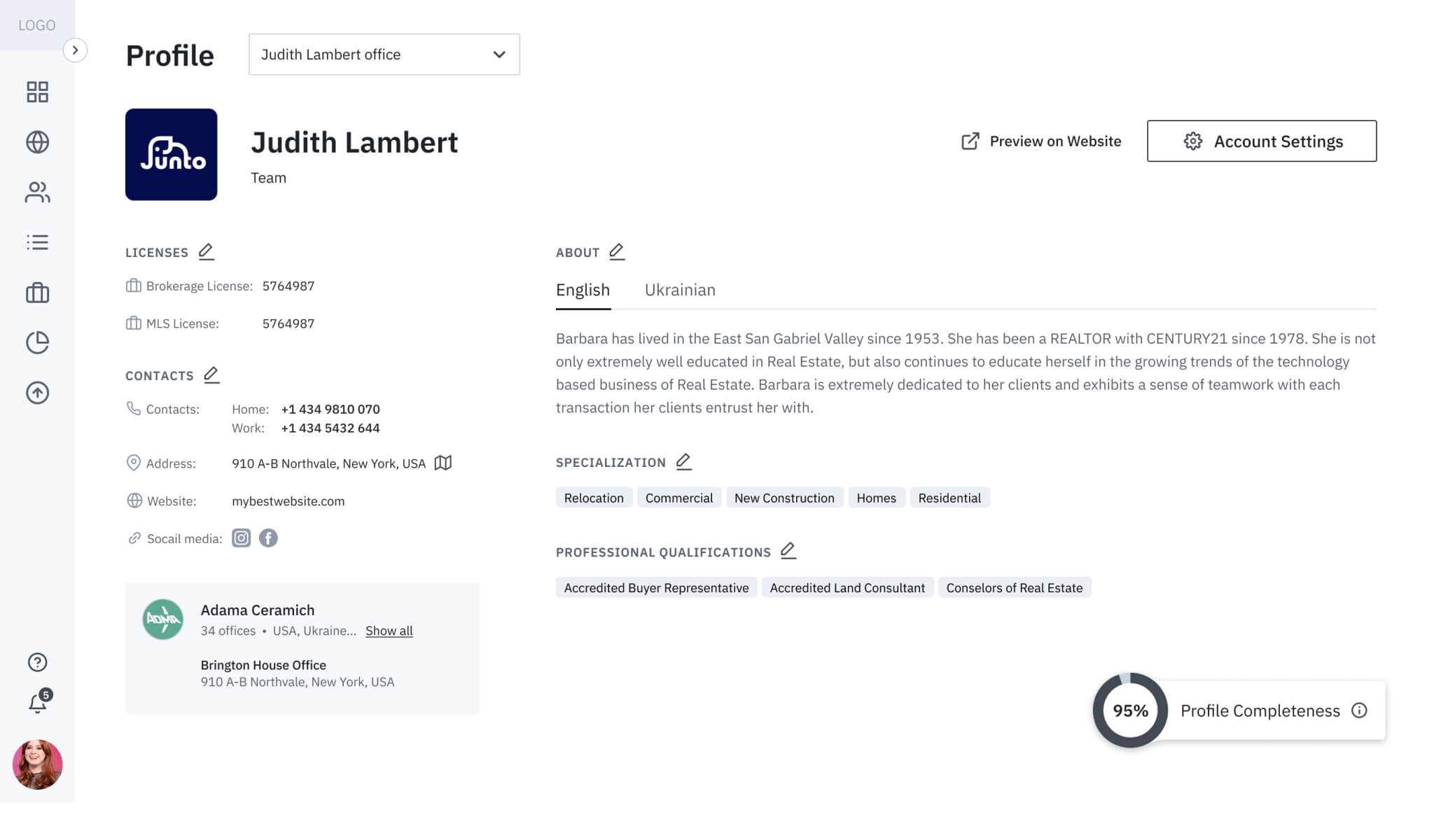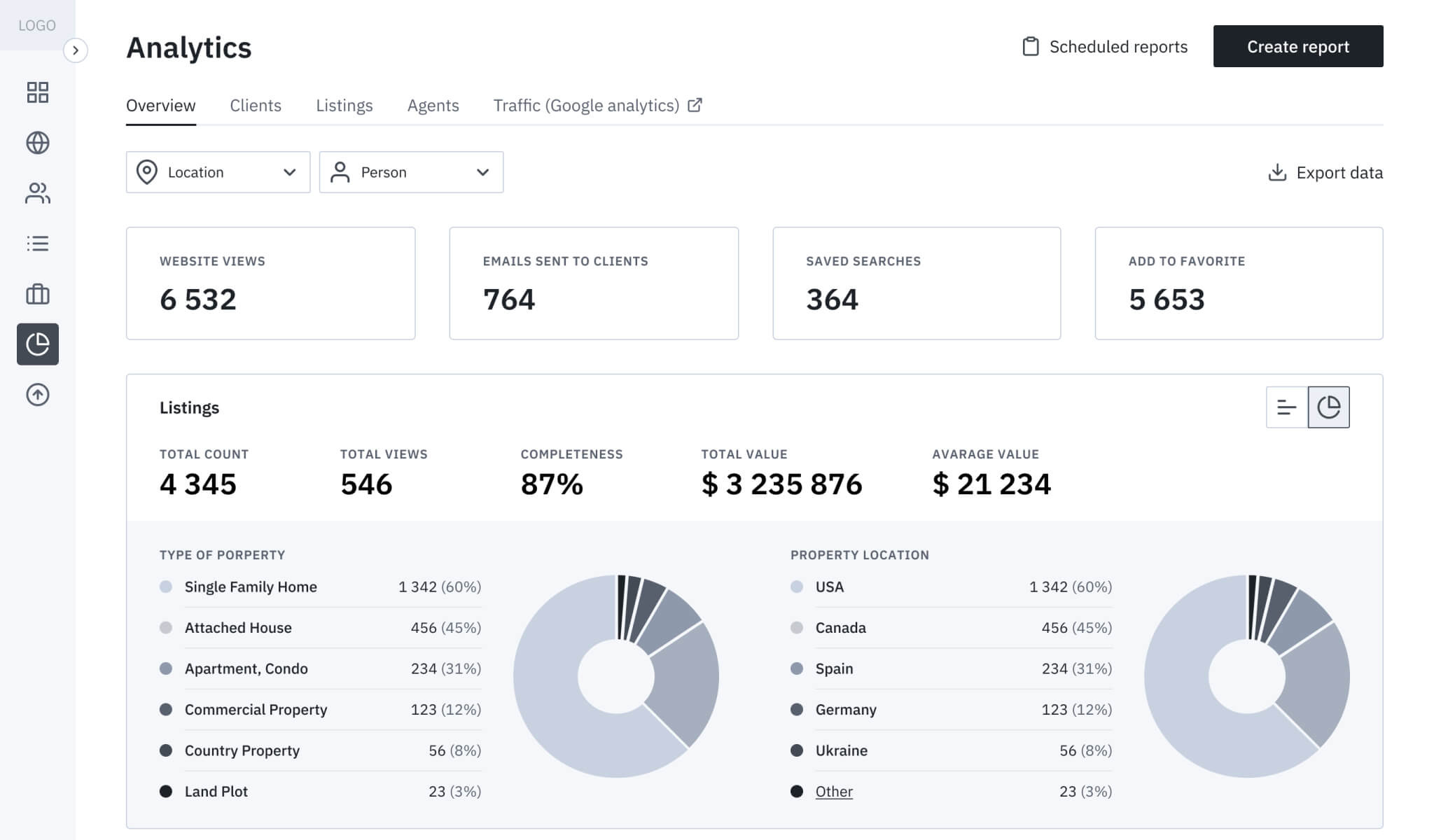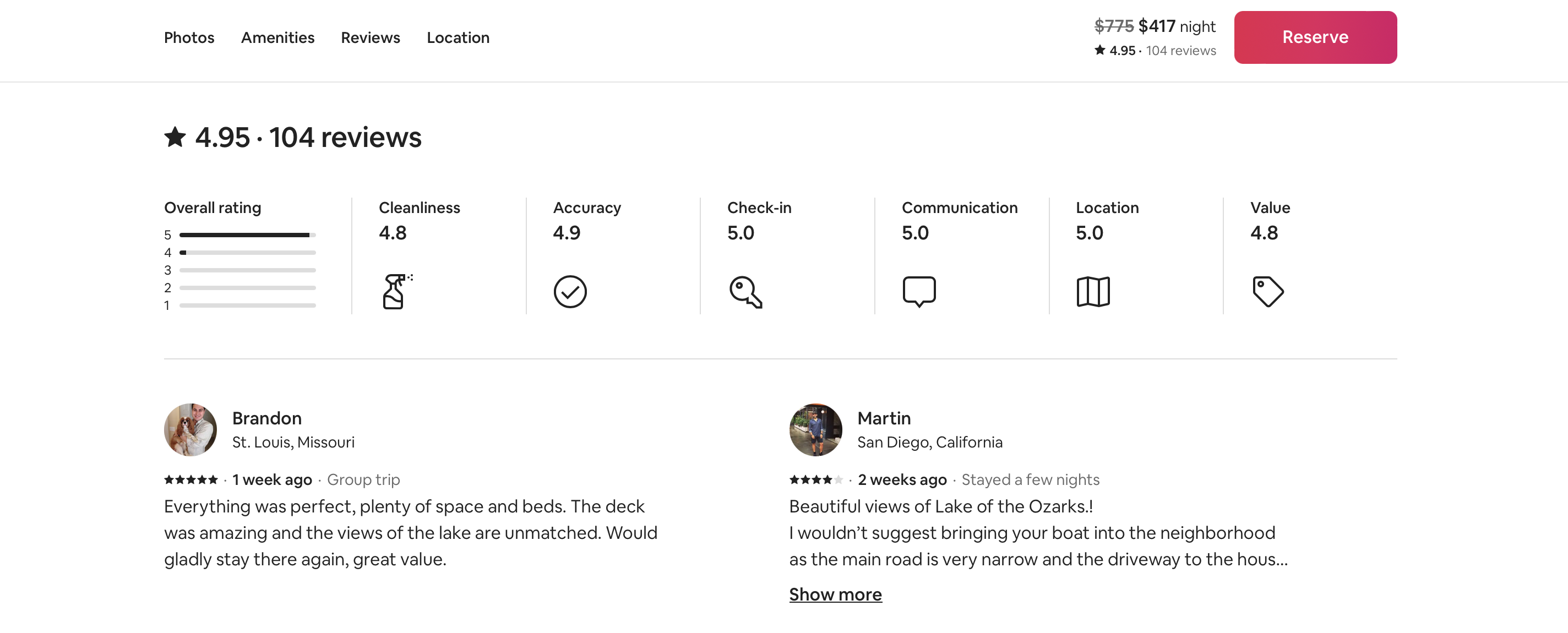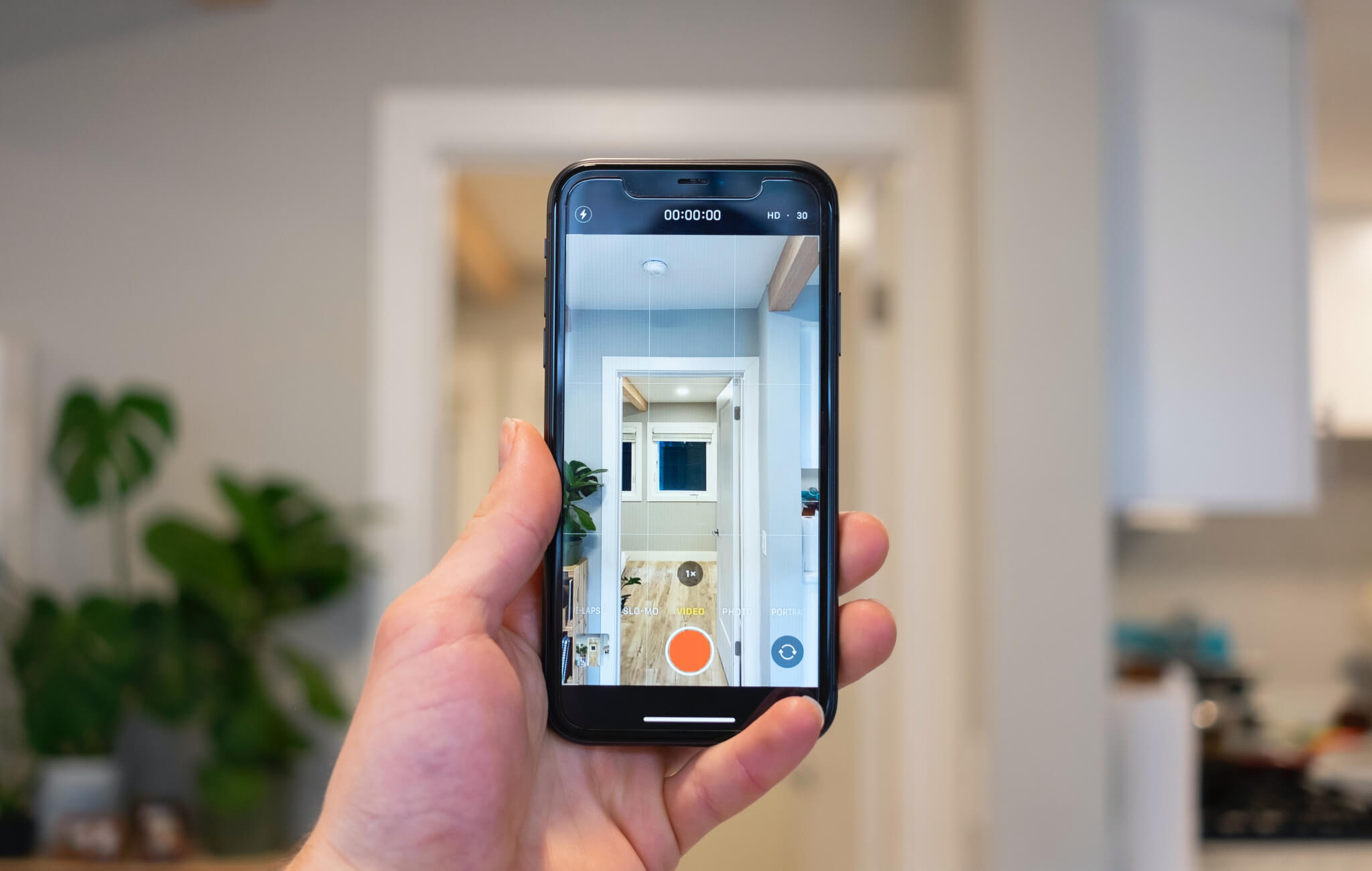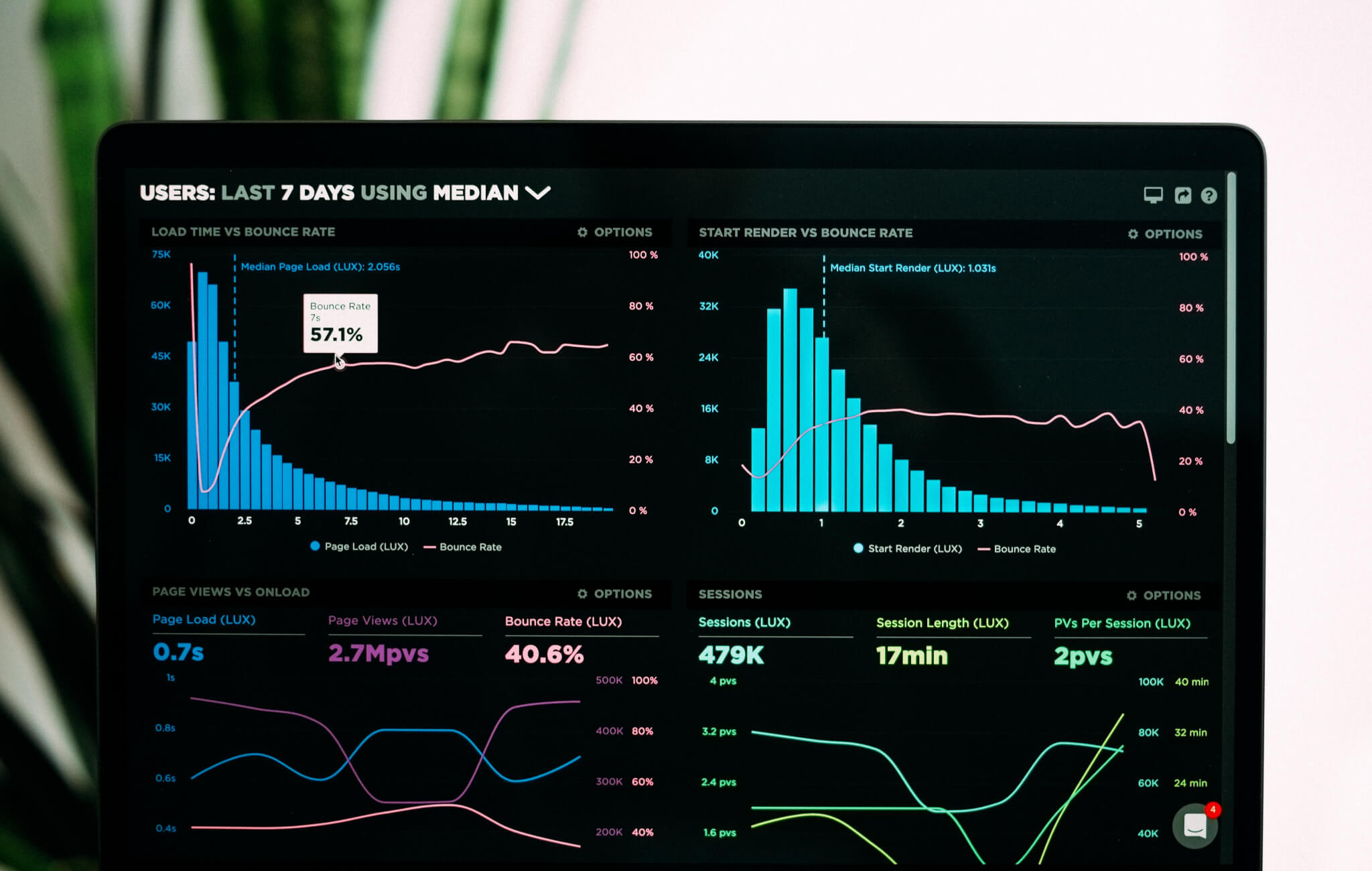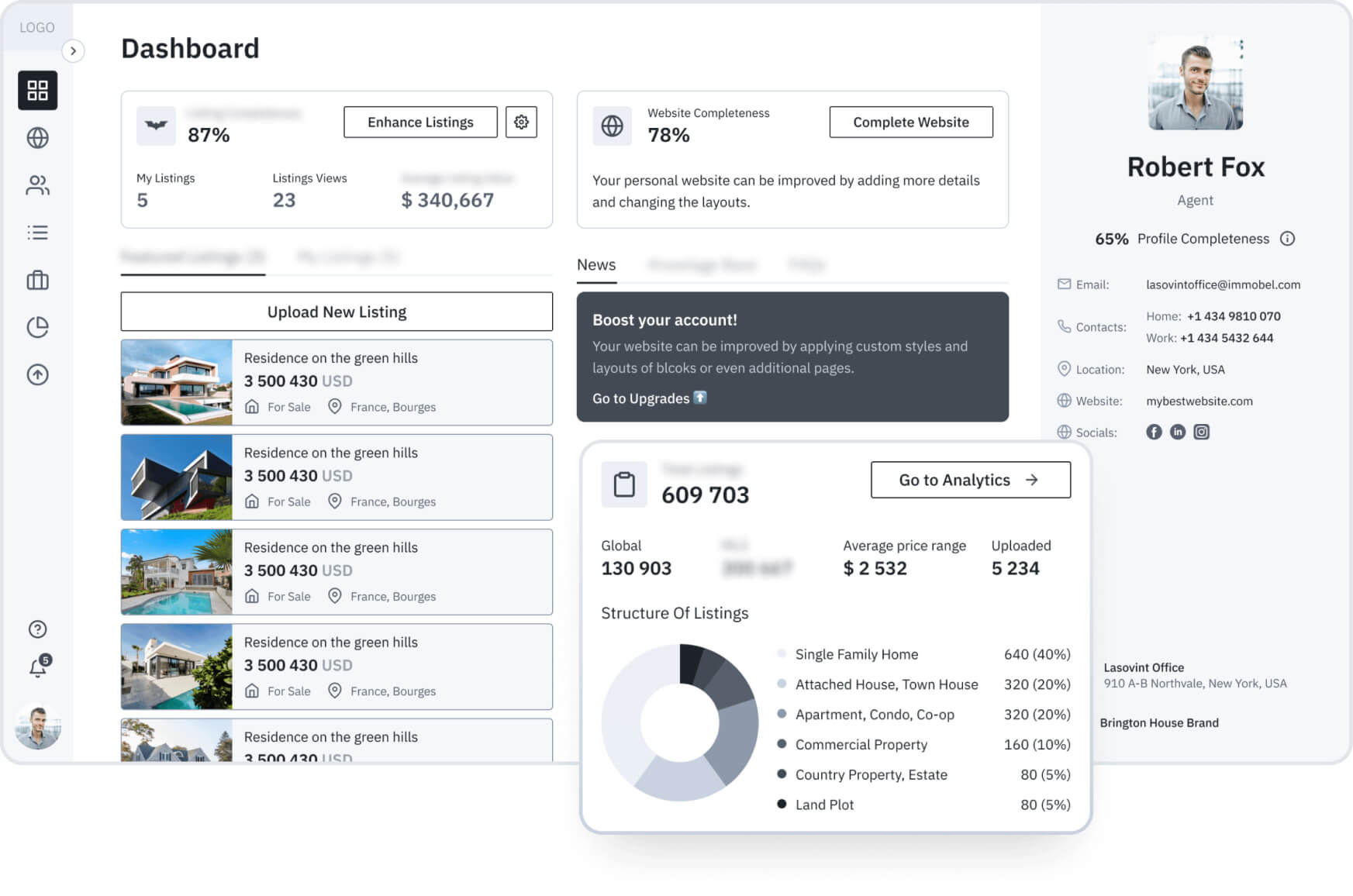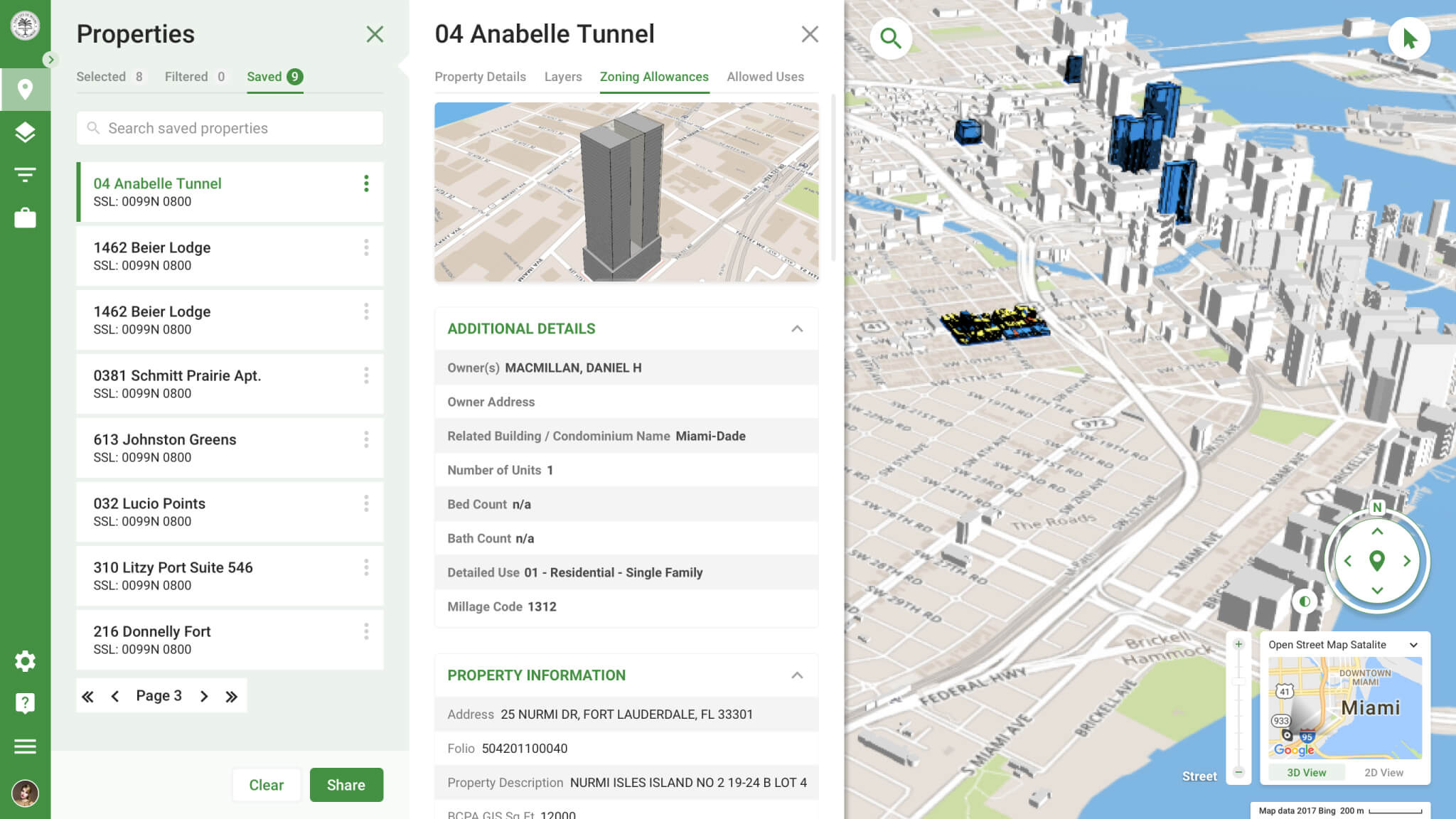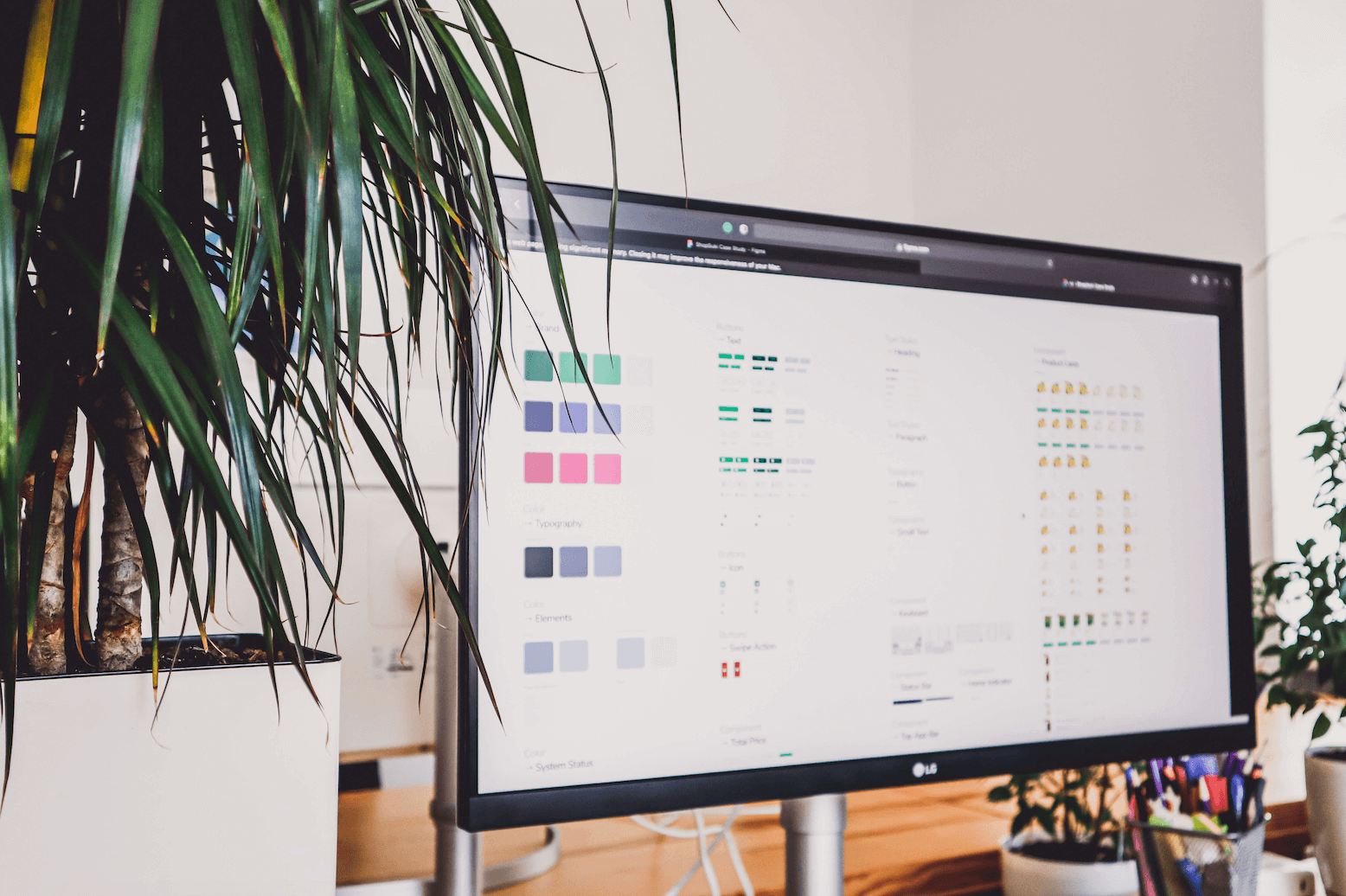Real estate has undergone significant changes over the past five years since the COVID-19 pandemic began. People are ditching offices and on-site property visits are down, yet amazingly, apartment construction is booming (over 1.2 million new units in the US alone).
The combination of real estate and technology, aka PropTech, has been soaring long before the pandemic, but the latter seems to bring us closer to the inevitable. People go online increasingly more often. Where people go, companies should follow.
The best way to do so? Learn how to design a real estate platform. And use our guide to thrive in this new reality.
Introduction to product design and why it matters to real estate
As you’ve just learned, PropTech is likely the path to the future of real estate. However, over 60% of real estate firms still rely on legacy systems. This makes keeping up with new technology one of the greatest challenges in the field. A great challenge indeed. They don’t teach you digital product design in real estate courses.
Let’s start with the basics. What is product design in the first place? Broadly speaking, it’s the process of starting with an idea, validating it, and developing it into a successful digital platform. Of course, it’s easier said than done.
There are two main forces that open new opportunities to launch digital products in any industry: technology pushes and demand pulls. Technological innovations give rise to new business models or radically improve existing processes, while the demand pull is a shift in what consumers want. Although the demand pull rarely occurs so rapidly, amidst the pandemic, we’ve seen an unprecedented percentage of purchases go online.
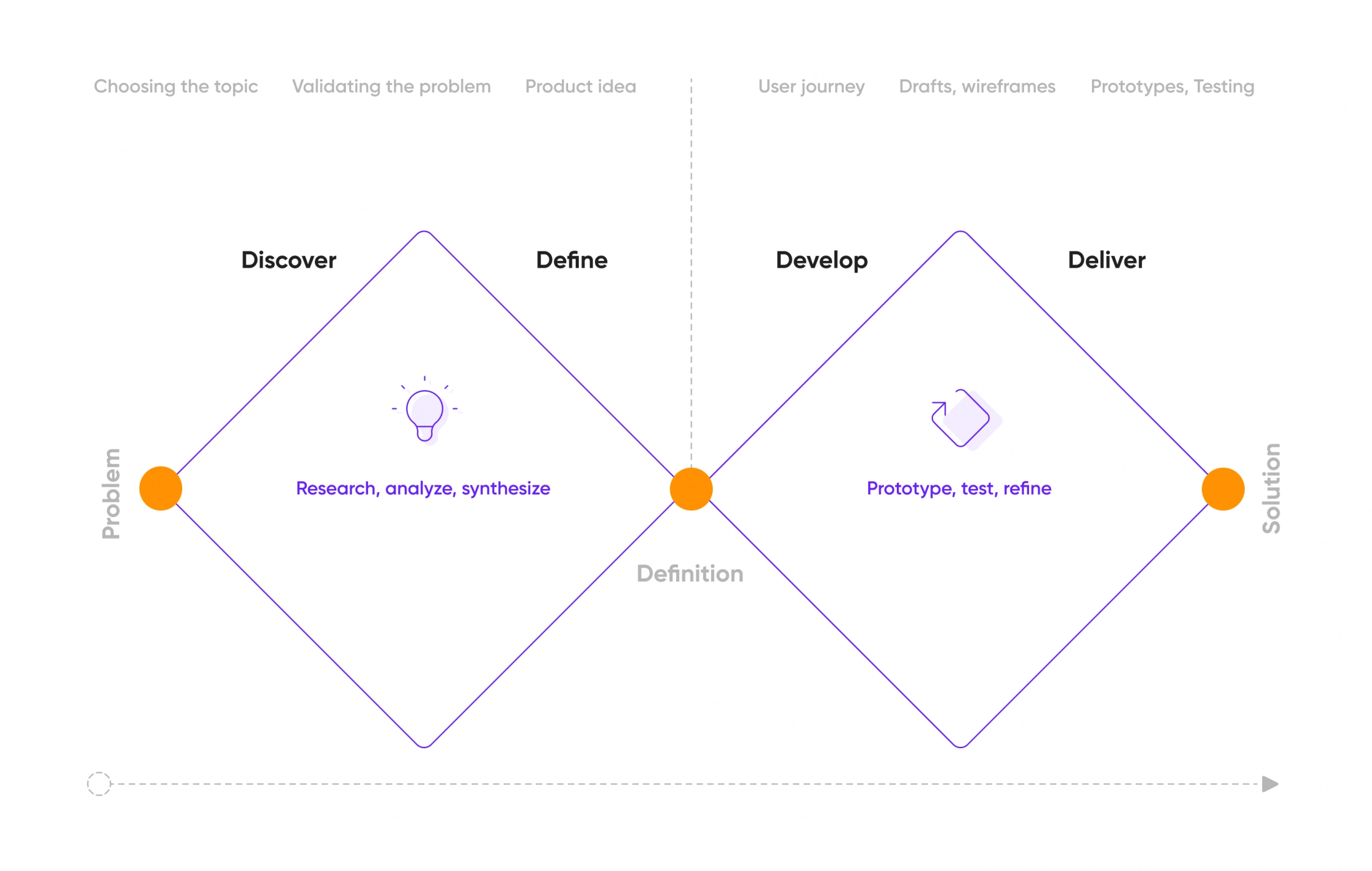
Product design is often illustrated as a double diamond, due to the cycles of divergent and convergent thinking. This particular process is also often referred to as design thinking. Let’s unpack that.
- Step 1. Empathize
You first should start with a problem you’re looking to solve, then research it as much as you can. The research should result in a clear conclusion as to how pressing of a problem it is and how people currently go about solving it. Now, once you know that the problem is real, it’s time to brainstorm solutions.
- Step 2. Define
The second step is all about documenting and fleshing out the problems you’ve identified. Skipping this step might lead to your team being misaligned on which problems you’re trying to solve.
- Step 3. Ideate
The more solutions you’ve brainstormed the better. You should intentionally generate as many ideas as possible so that your chances of hitting the nail in the head increase. Now begins the fun part. Where once we prioritized quantity, it’s time to think of the quality as well.
- Step 4. Prototype & Test
Look at your solution ideas through the lens of technical feasibility, your users’ peculiarities and needs, and the current real estate market trends. Such a mindset should help you narrow down the ideas into the few you can test.
The testing takes the form of developing a prototype (a no-code clickable piece of core design elements) and then having the potential users interact with it. The feedback you gather on these testing sessions will inform your further prototype modifications. Such modifications may entail both substantial pivots and minor tweaks.
- Step 5. Iterate
And now you just rinse and repeat. You should repeat until you’re satisfied with what your users have to say about your real estate app prototype. Once that happens, you have a solid foundation on which to build an actual real estate product.
UX ≠ UI
By the way, product design aside, you could also hear “UX&UI design” a lot. It’s hard to draw a clear line between the two, but usually, when people say “UX” (user experience) they refer to the general impression a user will have of the app. When it comes to “UI”, you would usually refer to it as a purely visual aspect of product design.
How product design helps build a real-estate app
The product design process we outlined should give you a high-level view of how things work. Now, let’s get into the specific tangible questions it will help you answer.
- it helps with the understanding of development priorities: what features should we focus on first?
- when deciding on the roadmap, should we listen first to unhappy or super-loyal users?
- how can we test hypotheses without investing too much?
- how can we create the product without pushing unnecessary features?
- how can we implement features properly from the first iteration? How to eliminate rework?
- can we eliminate costly errors by improving usability?
- can we make the business process faster and more efficient?
- what features or Marketing Materials will help us get exponential growth?
- what tools can we use to improve retention and other key metrics?
- can we spend less on user onboarding and training and more on actual profit-generating activities?
- how do we provide the best onboarding experience and reactivate people who left?
- how to build a loyal fanbase and make them bring referrals?
Key challenges of real estate platforms
As in any industry, building a digital product in real estate has its own unique set of challenges. Let’s outline them and dive into the solutions.
- User demographics
The first major challenge is that older people constitute a large portion of the real estate industry. According to the National Association of Realtors, the average real estate agent is a 60-year-old female. That said, it’s generally the case that older people are slower in adopting new trends, while also being less efficient with gadgets.
While real estate agents get older, the opposite is true for market consumers. Millennials constitute the overwhelming majority of consumers. What makes this generation unique is its propensity to do everything online. Additionally, they favor rich media experiences, good neighborhoods over property size, and excellent user experiences.
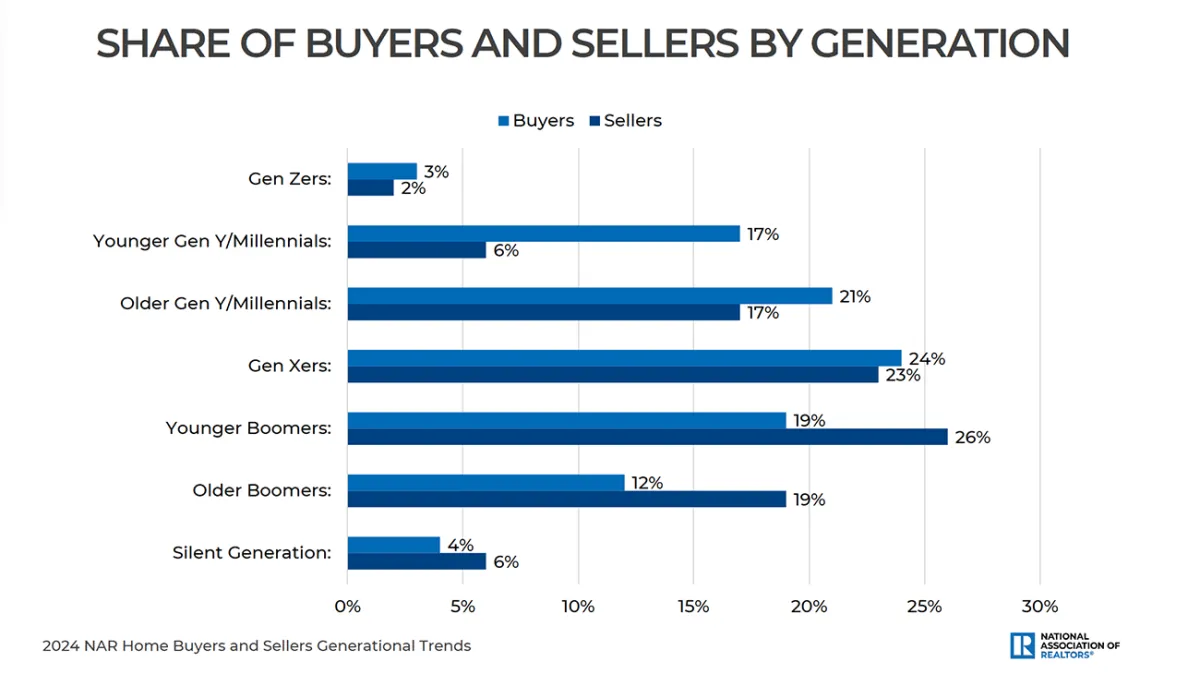
Source: National Association of Realtors
- Accessibility
The fact that older people are generally less tech-savvy brings up a few design challenges: accessibility, making complex products simple and intuitive, and balancing top-notch design patterns with the common ones users are used to. Don’t get us wrong. All products should be intuitive. However, this should be of utmost importance for real estate.
Internally, when designing software for agents, we politely call it “grandma mode.” This way, it is easier to remember that older family members are the target audience.
- Fast-paced technology development
Additionally, things like AR, AI, and Big Data are becoming more and more common. Regardless of age, it’s hard to keep track, even for the tech savvies. Aside from the complexity of high-tech, it’s also a new challenge from the product design perspective. New patterns require new solutions, which is exactly what product design can provide.
How to design a market-leading real estate app?
How does one design a real estate app? Well, the answer depends on what kind of app we’re talking about. It should be noted, however, that many apps are trying to wear multiple hats. As such, they fit into various categories at once, albeit such apps tend to have a primary category they belong to.
Types of real estate platforms

- Property management
Property owners oftentimes have a lot of well… properties to take care of. There are things like rent, utilities, maintenance, etc. Keeping track of all of this manually is extremely tedious and time-consuming. Luckily, there are a few platforms out there (e.g., Proper) that make the life of a property manager much easier.
- Buying or renting a home
These types of apps are generally used by people who are looking for mid-to-long-term accommodation. Such platforms usually give users the ability to search for housing based on criteria like location, price, neighborhood, etc. Zillow and Trulia are good examples of said apps.
- Urban planning and construction planning software
Urban planning apps, by and large, aim to help government bodies, real estate companies, and communities get on the same page. Where would it be optimal to build a property? Which kind of property would a certain area most benefit from? What’s the process of getting all the necessary permits to start the construction? These are the questions this kind of software helps answer.
- Assistance for real estate agents
Generally, apps like these make it easier for agents to keep track of their clients, communicate with them, manage documents, etc. Connecteam is a good example.
- Home valuation
Analyzing the industry trends, historical data, and other factors is what usually goes into assigning a certain value to a house. Complex calculations like these can take a lot of work to do manually. HouseCanary, which is a home valuation app, utilizes the power of AI to help agents evaluate properties much faster.



